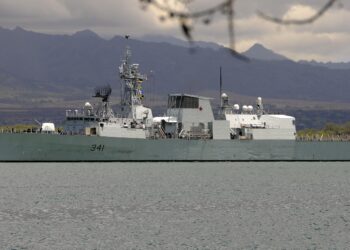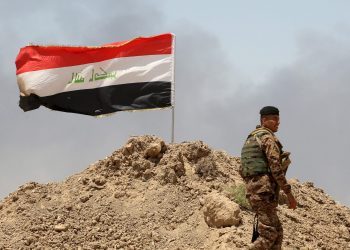AGENCE FRANCE-PRESSE,
Singapore: The fight against terrorism has made urban warfare increasingly unavoidable, as the experience in Iraq has shown, but high-tech weaponry could minimise casualties, defence experts said Monday. As cities become more populated and as extremist networks seek refuge in urban centers, conventional armed forces worldwide need to evolve their doctrines and weapons to better fight a new kind of enemy, the experts told an Asian security conference.
“The urban fight was one that many years ago was considered a place that you did not want to fight,” said Lieutenant General Thomas Metz, the former senior ground tactical commander of US-led coalition forces in Iraq from January 2004 to February 2005.
But while the advice of the ancient Chinese military strategist Sun Tzu against attacking cities was true in his time, it has become unavoidable in modern warfare, Metz said.
“We will fight in urban terrain and we've got to learn how to do that, and we have to in Iraq, said Metz, who is currently the commanding officer of the US Army's III Corps at Fort Hood.
Brigadier Justin Kelly, commander of the land warfare development centre of the Australian Defence Force, said his country was adapting its military doctrine to cover urban warfare situations.
“Our view is the future war is urban,” Kelly said. “Militarily, urban warfare will be a wicked problem.”
Armed forces worldwide are generally trained for combat against a conventional enemy, with manoeuvers involving large formations of troops.
Urban warfare, however, necessitates a new set of doctrines that involve mobilising specialised forces, new tactics and a complex mix of pyschological warfare and information operations.
During the US seige of Sadr City in Iraq in 2004, the US brigade commander in charge noticed that a lot of the firing came from an area where there was no electric power, sewage was clogged, trash was uncollected and there was no clean water supply, Metz said.
As they gradually captured parts of the city, the commander restored power, cleaned the drainage, had the garbage collected and gave residents clean water.
“So (the) urban fight is far beyond the kinetic fight,” he said.
Fears of high casualty rates due to the spectre of bloody hand-to-hand combat have made urban warfare dreadful for military commanders.
But high-tech weaponry including precision guided bombs, unmanned vehicles and powerful armoured tanks have minimised casualties, military experts said.
A French private company Sagem Defence Securite said it was in the process of developing an integrated electronic soldier system that would make an infantryman a virtual computerised fighting machine.
Sagem has been awarded a contract by the French government to develop about 32,000 of these soldier systems for delivery between 2007 and 2012, said the company's business development director Patrick Curlier.
The US is also planning to send robot soldiers — called the Special Weapons Observation Reconnaissance Detection Systems (SWORDS) in the field in Iraq, said John Parmentola, director for research and laboratory management for the US Army.
The robots are fully armed, and when the human operator verifies that a suitable target is within sight, it fires from its powerful guns.









